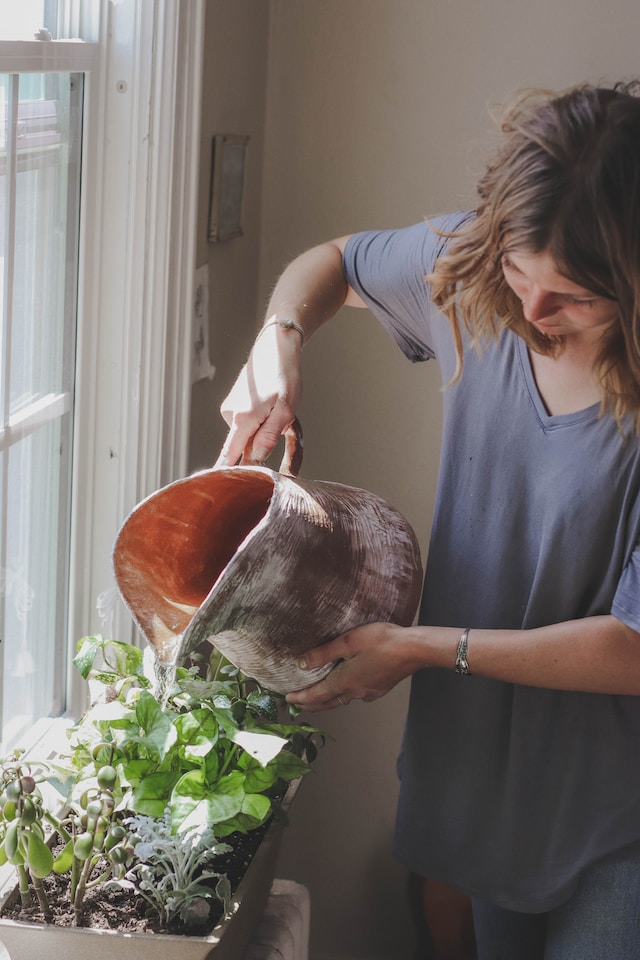Subtitle 1: Choosing the Right Herbs for Your Kitchen Garden
When it comes to growing an herb garden in your kitchen window, selecting the right herbs is crucial. Consider the herbs you use most frequently in your cooking, such as basil, parsley, mint, or thyme. These herbs are not only versatile but also relatively easy to grow indoors. Additionally, ensure that the herbs you choose are suitable for indoor cultivation and can thrive in the limited space and lighting conditions of your kitchen.
Subtitle 2: Preparing the Right Environment
Creating the ideal environment for your kitchen herb garden is essential for successful growth. Start by selecting a sunny window that receives at least six hours of direct sunlight each day. South or west-facing windows are usually the best options. If your kitchen lacks sufficient natural light, you can supplement it with artificial grow lights.
Next, choose the right containers for your herbs. Opt for pots or containers with drainage holes to prevent waterlogging. Use a well-draining potting mix that is specifically formulated for herbs. This will ensure proper moisture retention and prevent overwatering.
Subtitle 3: Planting and Caring for Your Herbs
Once you have chosen your herbs and prepared the environment, it’s time to plant them. Fill your containers with the potting mix, leaving about an inch of space at the top. Gently remove the herbs from their nursery pots and place them in the containers, ensuring that the roots are covered with soil. Water the herbs thoroughly after planting.
To care for your kitchen herb garden, water the herbs when the top inch of soil feels dry. Avoid overwatering, as it can lead to root rot. Fertilize the herbs every few weeks with a balanced liquid fertilizer, following the instructions on the package. Regularly trim the herbs to encourage bushier growth and prevent them from becoming leggy.
Subtitle 4: Harvesting and Using Your Homegrown Herbs
One of the joys of having a kitchen herb garden is being able to harvest fresh herbs whenever you need them. Harvest the herbs by snipping off the leaves or stems as needed. Be sure to leave enough foliage for the plant to continue growing.
To preserve the flavor and aroma of your homegrown herbs, consider drying or freezing them. Drying herbs is as simple as hanging them upside down in a well-ventilated area until they are completely dry. Alternatively, you can freeze herbs by chopping them and placing them in ice cube trays filled with water or olive oil.
Subtitle 5: Troubleshooting Common Issues
While growing an herb garden in your kitchen window is generally straightforward, you may encounter some common issues. Here are a few troubleshooting tips:
1. Pests: Keep an eye out for common indoor pests like aphids or spider mites. If you notice any infestations, treat them with organic pest control methods or insecticidal soap.
2. Leggy Growth: If your herbs start to grow tall and leggy, it may be a sign of insufficient light. Move them to a brighter location or provide additional artificial lighting.
3. Yellowing Leaves: Yellowing leaves can indicate overwatering or nutrient deficiencies. Adjust your watering schedule and consider fertilizing more frequently.
In conclusion, growing an herb garden in your kitchen window is a rewarding and practical way to have fresh herbs at your fingertips. By choosing the right herbs, creating the right environment, and providing proper care, you can enjoy a thriving herb garden that enhances your culinary creations.










